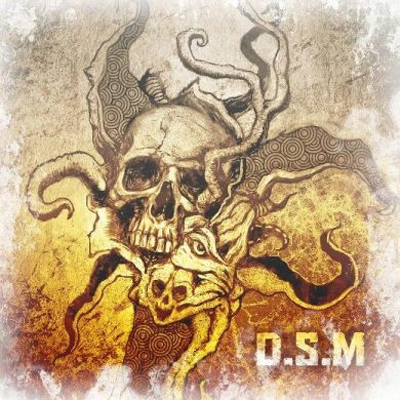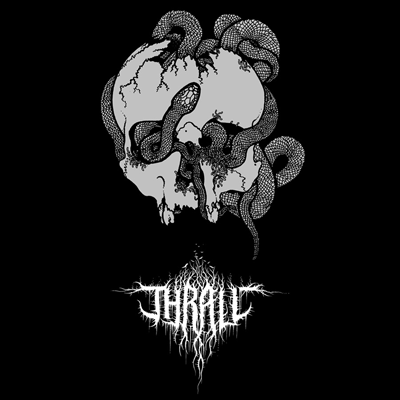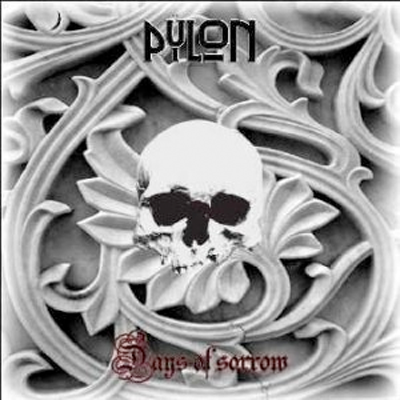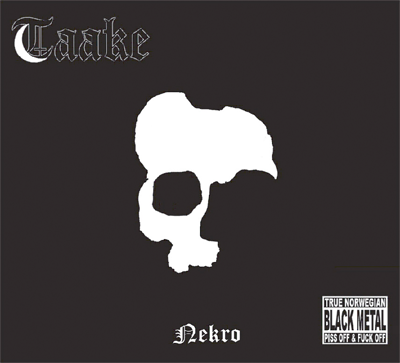
CHTON, Chtonian Lifecode (2004, Retribute)
The skull:
An arty sort of thing here, the skull looking down in apparent despair. We can only speculate where the blood is coming from. Crowns of thorns are popular in metal imagery, so maybe he’s looking down to find the crown of thorns that just fell off his head…but then he’d need some flesh for the crown to produce some bleeding and he’s just a damn skull made of nothin’ but bone so…who can really know? This cover has that confusing thing going on where the album title is flown large at top, making it look like the band’s name is Chtonian Lifecode and the album title is Chton, but no, it’s the other way around. Silly buggers.
The music:
You don’t hear music like this out of Norway very often: death metal apparently influenced by Suffocation and Rottrevore, the kind of tractor-pull noise that I admit a certain fondness for. But you better throw a twist into it, otherwise you’ll be in the shadow of the originators. And while Chton offer an extremely heavy sound that harkens to those acts, they also deliver the occasional wash of dissonant guitar chords and various modernisms, like chunkier chords and rhythms, and a slightly slicker production. So they’re not entirely stuck in the world of early ’90s death metal, but they do use that as a base for their particularly dark, heavy and brutal compositions. I admire what they’re doing here — especially the ungodly heavy bottom end and the Autopsy-like grit — and am curious to check out their second album, which was finally released eight years after this debut. If it’s just a little more interesting than this, then they’re not getting the attention they deserve in this current wave of fondness for old-school death metal. As for Chtonian Lifecode, it slipped by without much impact in 2004, but it’s worth checking out if you’re in the mood for death metal with one foot in the present and another in the good old days.
— Friar Wagner








